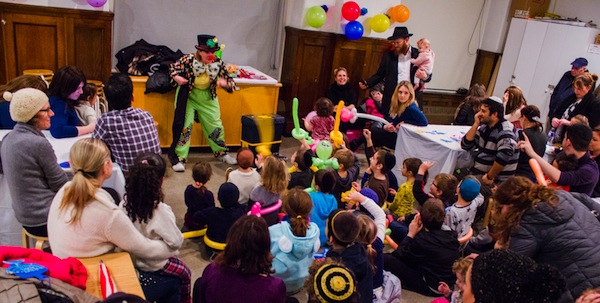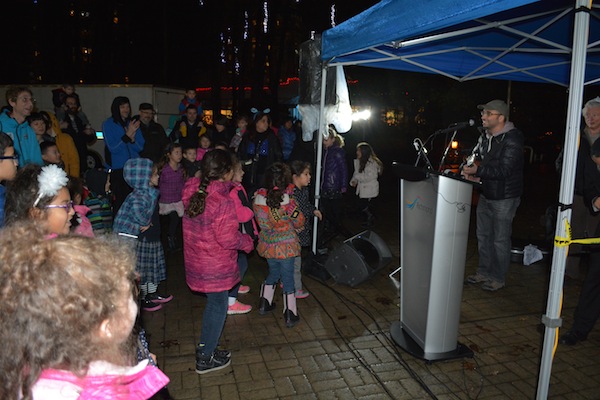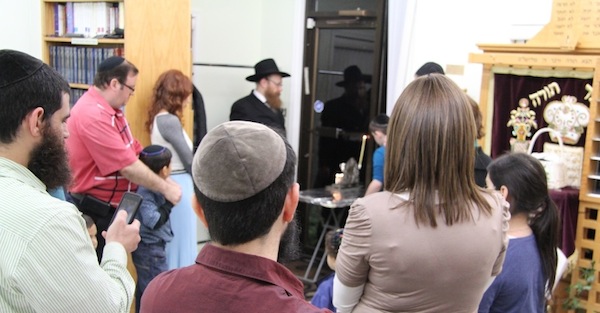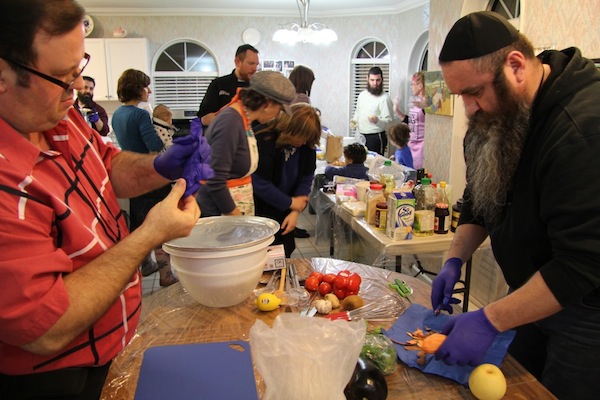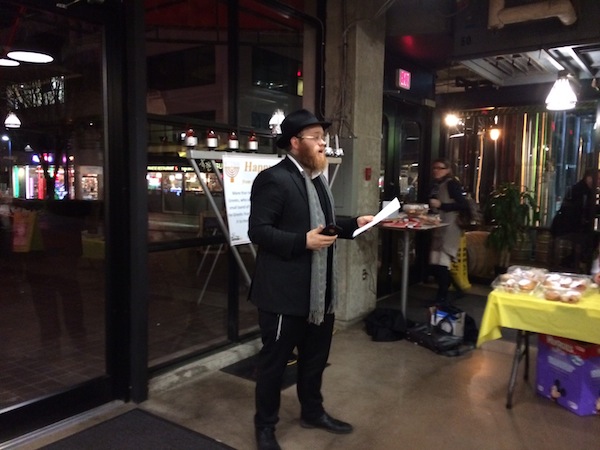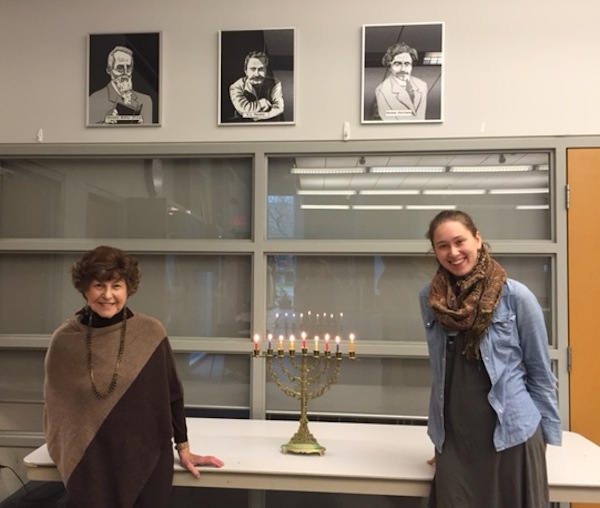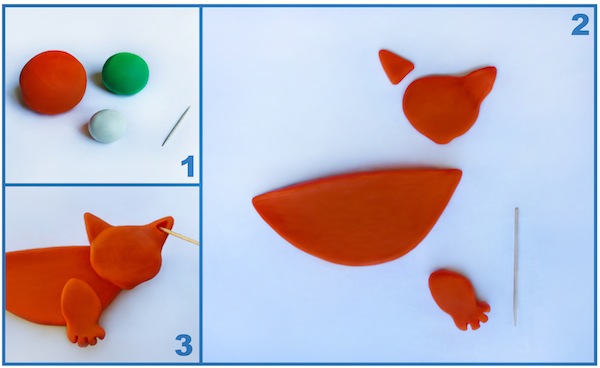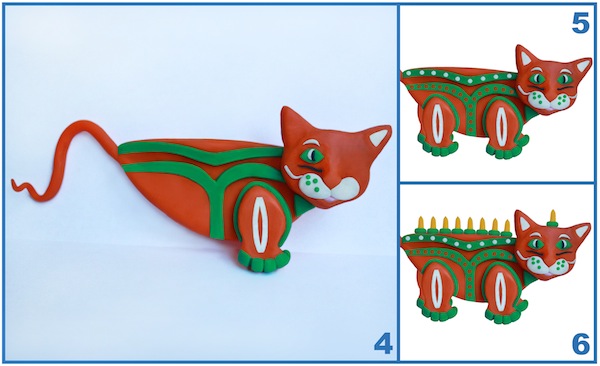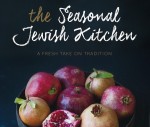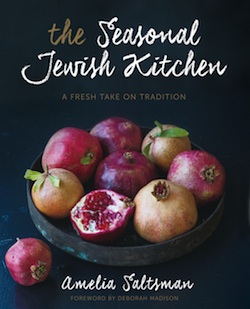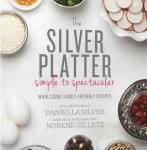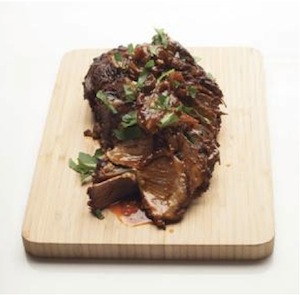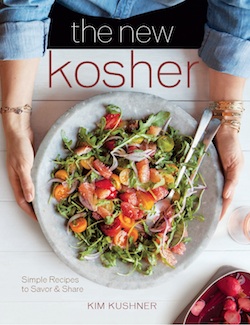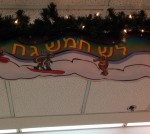Dried fruit and almonds are traditionally eaten on Tu b’Shevat. (photo from Gilabrand (talk) via commons.wikimedia.org)
Until Jews began to return to Eretz Israel in 1948, no one thought of them as farmers. For nearly 2,000 years, we had been dispersed throughout the world and, in many places, were not permitted to own land or engage in agriculture. But, in ancient Palestine, we were an agricultural people. We treasured the olive tree, the grape vine and the date palm. The Bible encouraged us to plant “all manner of trees” and forbade the destruction of trees of a conquered land.
Just as we believe that on the first day of the seventh month, Rosh Hashanah, we are judged and our fate for the coming year is inscribed in the Book of Life, so we are taught to believe that trees are similarly judged on the New Year of the Trees, Tu b’Shevat (the 15th day of Shevat, this year Jan. 25), the first day of spring.
This semi-holiday has always been associated with tree planting. In ancient times, one planted a tree at the birth of a child – cedar for a boy, cypress for a girl. Special care was given to these trees on Tu b’Shevat and, when the children married, branches of their own trees were cut for the chuppah (wedding canopy).
It is said that, on the 15th day of Shevat, the sap begins to rise in the fruit trees in Israel. So, we partake of the fruits of the land: apples, almonds, carobs, figs, nuts, dates and pomegranates. The pious stay up very late on the eve of the holiday reciting passages from the Torah that deal with trees and the fertility of the earth. We read the story of how trees and plants were created (Genesis 1:11-18), the divine promise of abundance as a reward for keeping the commandments (Leviticus 26:3-18 and Deuteronomy 8:1-10) and the parable of the spreading vine, which symbolizes the people of Israel (Ezekiel 17).
Sephardi Jews have their own special manual, The Fruit of the Goodly Tree. It was first published in the Judeo-Spanish language, Ladino, in Salonica, composed by Judah Kala’i. Each verse is recited as the relevant fruits are eaten, and some of the verses translate as follows:
- “G-d increase our worldly goods / and guard us soon and late / and multiply our bliss like seeds / of the pomegranate.”
- “For our Redeemer do we wait / all the long night through / to bring a dawn as roseate / as the apple’s hue.”
- “Sin, like a stubborn shell and hard / is wrapped around our ssoul / Lord, break the husk and let the nut / come out whole.”
Each of the fruits has symbolic meaning. The rosy apple stands for G-d’s glowing splendor; the nut represents the three kinds of Jews – hard, medium and soft. The almond stands for swift divine retribution, for it blossoms more quickly than other trees. The fig means peace and prosperity, and the humble carob stands for humility, a necessary element of penitence.
Judaism’s strong ties to agriculture and ecology are captured by Rabbi Yohanan ben Zakai, who once declared: “If you hold a sapling in your hand and hear that the Messiah has arrived, plant the sapling first and only then go and greet the Messiah.”
Dvora Waysman is a Jerusalem-based author. She can be contacted at dwaysman@gmail.com or through her blog dvorawaysman.com.



